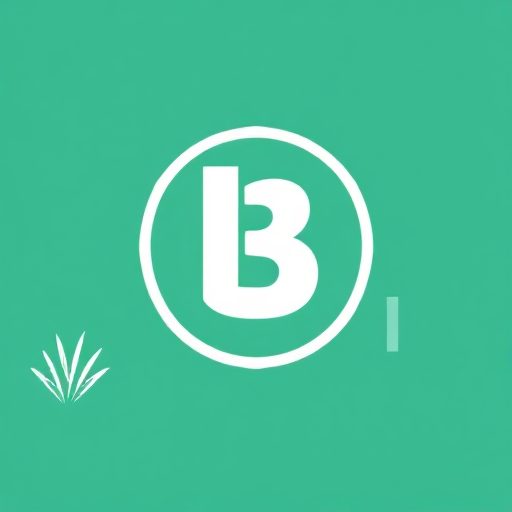Low-Cost Social Media Content Creation

Social media has become an essential platform for businesses, creators, and organizations to connect with their audiences. However, creating high-quality content can often feel like a daunting task, especially when working on a tight budget. This guide will help you navigate the world of low-cost social media content creation, providing you with strategies, tools, and tips to produce engaging content without breaking the bank.
Understanding the Basics of Social Media Content Creation
Social media content creation involves crafting and sharing material—such as text, images, videos, and audio—to engage your target audience. The goal is to provide value, foster interaction, and build a community around your brand or message. To achieve this on a budget, you need to focus on three core principles:
- Creativity: Innovative ideas can often outshine expensive production.
- Consistency: Regular posting keeps your audience engaged.
- Efficiency: Using tools and methods that save time and money.
Step 1: Develop a Content Strategy
Before creating content, it’s essential to have a clear strategy. A well-defined plan ensures that your efforts are purposeful and aligned with your goals.
- Define Your Goals: Determine what you aim to achieve (e.g., brand awareness, lead generation, community building).
- Identify Your Audience: Understand your target audience’s preferences, behaviors, and pain points.
- Choose the Right Platforms: Focus on platforms where your audience is most active (e.g., Instagram for visual content, LinkedIn for professional networking).
- Plan Your Content Calendar: Schedule posts ahead of time to maintain consistency.
Step 2: Leverage Free and Affordable Tools
The right tools can significantly reduce costs while maintaining quality. Here are some budget-friendly options:
- Graphic Design:
- Canva (Free and Pro versions): Create professional-looking graphics.
- GIMP: A free alternative to Photoshop for advanced editing.
- Video Editing:
- CapCut: An easy-to-use video editor for short-form content.
- DaVinci Resolve: A free professional-grade video editing software.
- Stock Media:
- Unsplash and Pexels: Free high-quality images and videos.
- Pixabay: Free stock photos, videos, and music.
- Social Media Management:
- Buffer and Hootsuite (Free plans available): Schedule and analyze posts across multiple platforms.
- Later: Ideal for Instagram scheduling.
Step 3: Tap into User-Generated Content
User-generated content (UGC) is content created by your audience. Encouraging UGC can save time and resources while boosting engagement.
- Run Contests: Ask followers to share photos or videos related to your brand for a chance to win prizes.
- Create Hashtags: Encourage users to share their content using branded hashtags.
- Engage with Reviews: Highlight positive customer reviews and testimonials.
Step 4: Repurpose Existing Content
Maximize your efforts by repurposing content across different formats and platforms.
- Turn Blogs into Social Posts: Extract key points from blog articles to create infographics or tweets.
- Transform Videos into Short Clips: Edit longer videos into bite-sized clips for platforms like TikTok or Instagram Reels.
- Compile Posts into Newsletters: Use your social posts to create an email newsletter.
Step 5: Focus on Organic Growth
Paid advertisements are effective, but organic growth strategies are ideal for low budgets.
- Engage with Your Audience: Respond to comments, participate in discussions, and interact with followers.
- Collaborate with Micro-Influencers: Partner with smaller influencers who resonate with your niche.
- Optimize for SEO: Use relevant keywords in your captions, hashtags, and descriptions.
Step 6: Monitor and Analyze Performance
Tracking performance helps you refine your strategy and focus on what works.
- Analytics Tools:
- Platform Analytics: Use built-in tools like Instagram Insights or Twitter Analytics.
- Google Analytics: Measure traffic driven by social media to your website.
- Key Metrics to Track:
- Engagement Rate: Likes, comments, shares, and saves.
- Reach and Impressions: How many people see your content.
- Conversion Rate: Actions taken, such as link clicks or purchases.
Creating compelling social media content on a budget is entirely achievable with the right mindset, tools, and strategies. By focusing on creativity, leveraging free resources, and engaging with your audience, you can build a strong online presence without overspending. Remember, authenticity and value are often more impactful than expensive production—so get started today and let your creativity shine!






